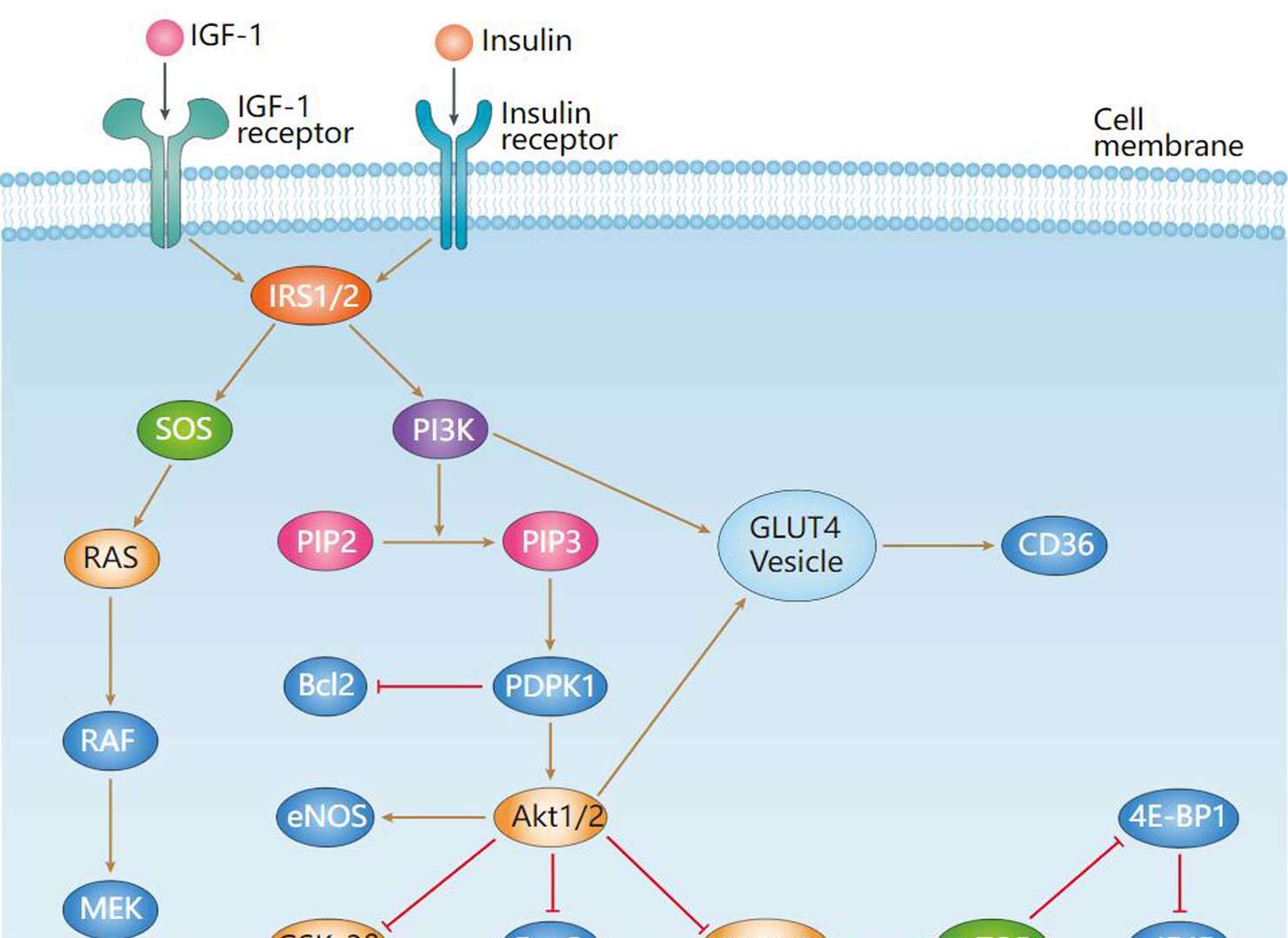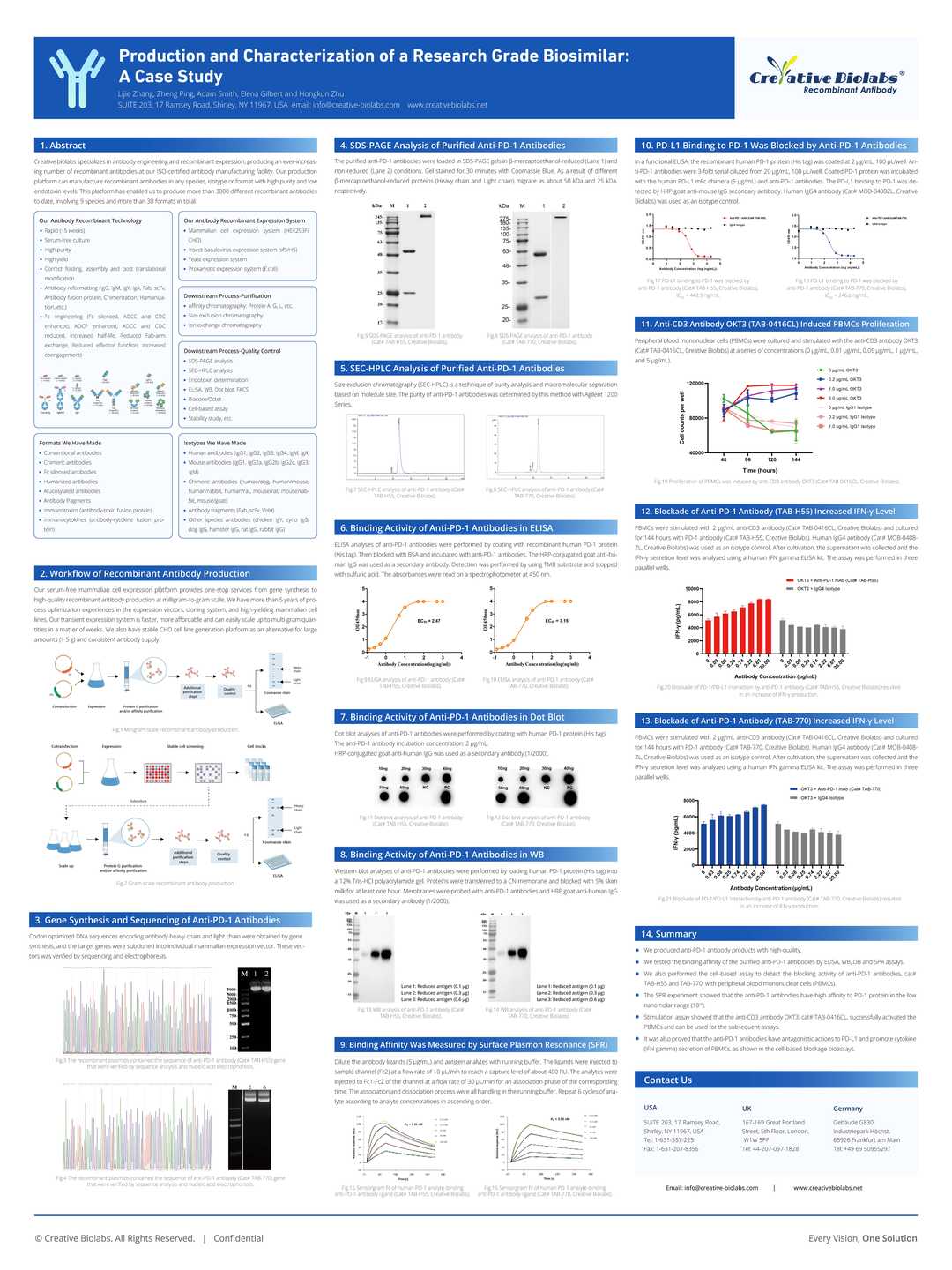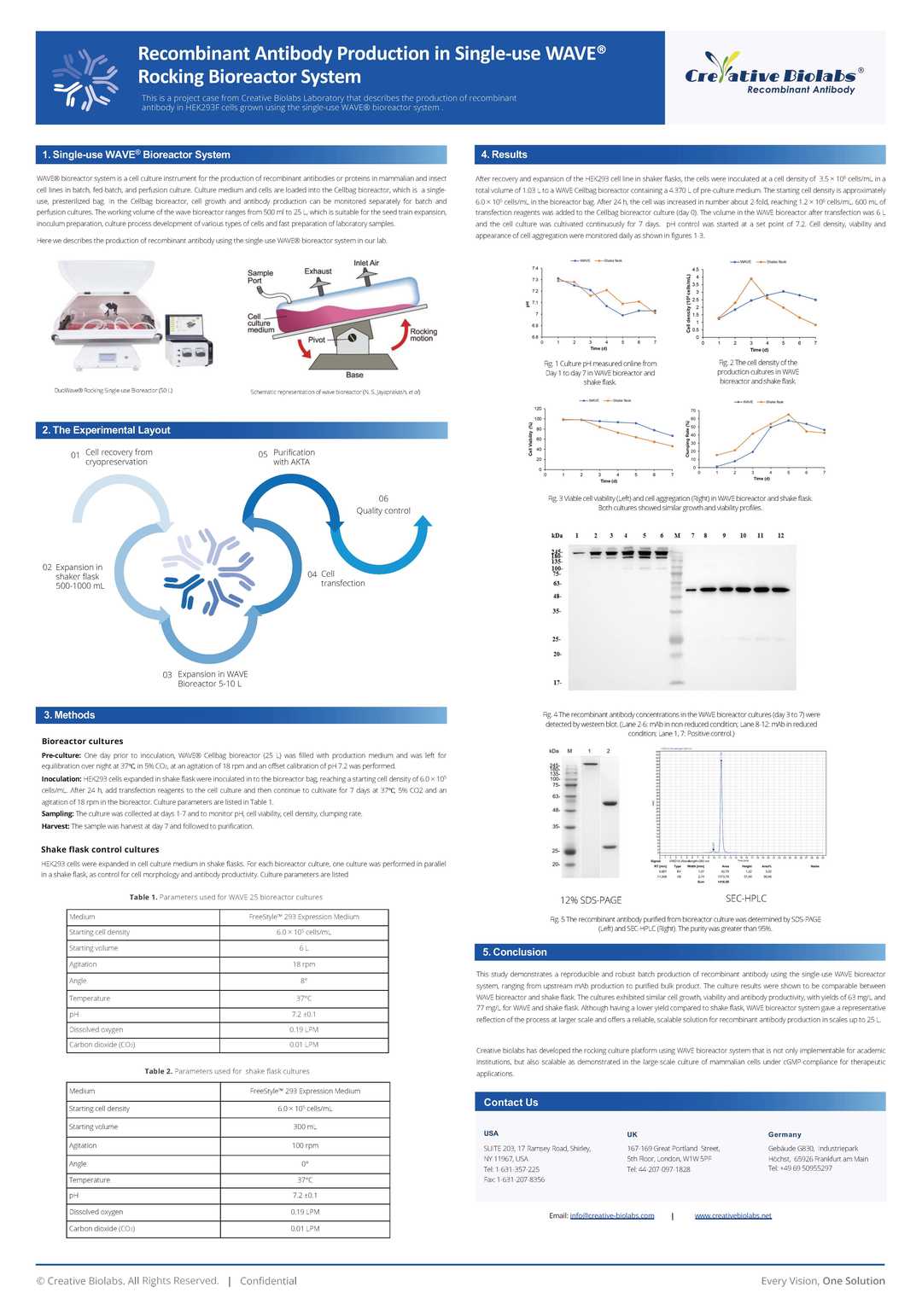Rabbit Anti-PDPK1 Recombinant Antibody (VS3-CJ142)
CAT#: VS3-CJ142
This product is a rabbit antibody that recognizes PDPK1.





Specifications
- Immunogen
- Recombinant protein
- Host Species
- Rabbit
- Type
- Rabbit IgG
- Specificity
- Human, Mouse and Rat PDPK1
- Species Reactivity
- Human, Mouse, Rat
- Applications
- WB, ICC, IF, IHC
- Conjugate
- Unconjugated
Product Property
- Purification
- Protein A affinity purified
- Purity
- >95% as determined by SDS-PAGE
- Buffer
- 40% Glycerol, 1% BSA, TBS, pH7.4.
- Preservative
- 0.05% sodium azide
- Storage
- Store at 4°C for short term. Aliquot and store at -20°C for long term. Avoid repeated freeze/thaw cycles.
- Shipping
- Ice packs
Applications
- Application Notes
- This antibody has been tested for use in Western Blot, Immunocytochemistry, Immunofluorescence, Immunohistochemistry.
Target
- Alternative Names
- PDK1; PDPK2; PDPK2P; PRO0461
- Gene ID
- 5170
- UniProt ID
- O15530
- Sequence Similarities
- Belongs to the protein kinase superfamily. AGC Ser/Thr protein kinase family. PDPK1 subfamily.
- Cellular Localization
- Cell junction, Cell membrane, Cytoplasm, Nucleus
- Post Translation Modifications
- Phosphorylation on Ser-241 in the activation loop is required for full activity. PDPK1 itself can autophosphorylate Ser-241, leading to its own activation. Autophosphorylation is inhibited by the apoptotic C-terminus cleavage product of PKN2 (By similarity).
Tyr-9 phosphorylation is critical for stabilization of both PDPK1 and the PDPK1/SRC complex via HSP90-mediated protection of PDPK1 degradation. Angiotensin II stimulates the tyrosine phosphorylation of PDPK1 in vascular smooth muscle in a calcium- and SRC-dependent manner. Phosphorylated on Tyr-9, Tyr-373 and Tyr-376 by INSR in response to insulin. Palmitate negatively regulates autophosphorylation at Ser-241 and palmitate-induced phosphorylation at Ser-529 and Ser-501 by PKC/PRKCQ negatively regulates its ability to phosphorylate PKB/AKT1. Phosphorylation at Thr-354 by MELK partially inhibits kinase activity, the inhibition is cooperatively enhanced by phosphorylation at Ser-394 and Ser-398 by MAP3K5.
Autophosphorylated; autophosphorylation is inhibited by the apoptotic C-terminus cleavage product of PKN2.
Monoubiquitinated in the kinase domain, deubiquitinated by USP4.
- Protein Refseq
- NP_001248745.1; NP_002604.1; NP_112558.2
- Function
- Serine/threonine kinase which acts as a master kinase, phosphorylating and activating a subgroup of the AGC family of protein kinases. Its targets include: protein kinase B (PKB/AKT1, PKB/AKT2, PKB/AKT3), p70 ribosomal protein S6 kinase (RPS6KB1), p90 ribosomal protein S6 kinase (RPS6KA1, RPS6KA2 and RPS6KA3), cyclic AMP-dependent protein kinase (PRKACA), protein kinase C (PRKCD and PRKCZ), serum and glucocorticoid-inducible kinase (SGK1, SGK2 and SGK3), p21-activated kinase-1 (PAK1), protein kinase PKN (PKN1 and PKN2). Plays a central role in the transduction of signals from insulin by providing the activating phosphorylation to PKB/AKT1, thus propagating the signal to downstream targets controlling cell proliferation and survival, as well as glucose and amino acid uptake and storage. Negatively regulates the TGF-beta-induced signaling by: modulating the association of SMAD3 and SMAD7 with TGF-beta receptor, phosphorylating SMAD2, SMAD3, SMAD4 and SMAD7, preventing the nuclear translocation of SMAD3 and SMAD4 and the translocation of SMAD7 from the nucleus to the cytoplasm in response to TGF-beta. Activates PPARG transcriptional activity and promotes adipocyte differentiation. Activates the NF-kappa-B pathway via phosphorylation of IKKB. The tyrosine phosphorylated form is crucial for the regulation of focal adhesions by angiotensin II. Controls proliferation, survival, and growth of developing pancreatic cells. Participates in the regulation of Ca2+ entry and Ca2+-activated K+ channels of mast cells. Essential for the motility of vascular endothelial cells (ECs) and is involved in the regulation of their chemotaxis. Plays a critical role in cardiac homeostasis by serving as a dual effector for cell survival and beta-adrenergic response. Plays an important role during thymocyte development by regulating the expression of key nutrient receptors on the surface of pre-T cells and mediating Notch-induced cell growth and proliferative responses. Provides negative feedback inhibition to toll-like receptor-mediated NF-kappa-B activation in macrophages. Isoform 3 is catalytically inactive.
Customer Review
There are currently no Customer reviews or questions for VS3-CJ142. Click the button above to contact us or submit your feedback about this product.
Submit Your Publication
Published with our product? Submit your paper and receive a 10% discount on your next order! Share your research to earn exclusive rewards.
Related Signaling Pathways
Downloadable Resources
Download resources about recombinant antibody development and antibody engineering to boost your research.
Product Notes
This is a product of Creative Biolabs' Hi-Affi™ recombinant antibody portfolio, which has several benefits including:
• Increased sensitivity
• Confirmed specificity
• High repeatability
• Excellent batch-to-batch consistency
• Sustainable supply
• Animal-free production
See more details about Hi-Affi™ recombinant antibody benefits.
Datasheet
MSDS
COA
Certificate of Analysis LookupTo download a Certificate of Analysis, please enter a lot number in the search box below. Note: Certificate of Analysis not available for kit components.
Protocol & Troubleshooting
We have outlined the assay protocols, covering reagents, solutions, procedures, and troubleshooting tips for common issues in order to better assist clients in conducting experiments with our products. View the full list of Protocol & Troubleshooting.
Isotype Control
- CAT
- Product Name
Secondary Antibody
- CAT
- Product Name
See other products for "PDPK1"
Select a product category from the dropdown menu below to view related products.
| CAT | Product Name | Application | Type |
|---|---|---|---|
| MOB-2837z | Mouse Anti-PDPK1 Recombinant Antibody (clone 29H1) | WB, ELISA, FC, IF, IHC | Mouse IgG1 |
| MRO-1201-CN | Recombinant Rabbit Anti-PDPK1 Monoclonal Antibody (CBACN-440) | WB, IF, IHC | Rabbit IgG |
| VS3-WK113 | Mouse Anti-PDPK1 Recombinant Antibody (clone G11-E4) | WB, ICC, IHC, FC | Mouse IgG1 |
| VS3-XY1234 | Mouse Anti-PDPK1 Recombinant Antibody (clone 3B11H2) | ELISA, WB, FC, ICC | Mouse IgG1 |
| VS3-FY1121 | Recombinant Rabbit Anti-PDPK1 Antibody (clone R03-7H6) | WB | Rabbit IgG |
| CAT | Product Name | Application | Type |
|---|---|---|---|
| MOR-2649 | Hi-Affi™ Recombinant Rabbit Anti-PDPK1 Monoclonal Antibody (DS2649AB) | WB, IP, IHC-P, ICC | IgG |
| CAT | Product Name | Application | Type |
|---|---|---|---|
| VS-1024-XY376 | Mouse Anti-NHP PDPK1 Recombinant Antibody (clone 7E4G11) | WB, IHC, FC, ELISA | Mouse IgG1 |
| CAT | Product Name | Application | Type |
|---|---|---|---|
| VS-0325-XY1612 | Anti-PDPK1 Immunohistochemistry Kit | IHC |
Popular Products

Application: FC, IP, ELISA, Neut, FuncS, IF, IHC

Application: ELISA, IP, FC, FuncS, Neut, IF, ICC

Application: FC, IP, ELISA, Neut, FuncS, IF, ICC

Application: IF, IP, Neut, FuncS, ELISA, FC, ICC

Application: Neut, Inhib, FC, ELISA

Application: WB, ELISA, FC, IHC, IP
-2.png)
Application: WB, ELISA

Application: ELISA, FC, IF, WB

Application: ELISA, FC, Neut, Inhib

Application: ELISA, Cyt, PP, Inhib

Application: ELISA, Inhib, FuncS
For research use only. Not intended for any clinical use. No products from Creative Biolabs may be resold, modified for resale or used to manufacture commercial products without prior written approval from Creative Biolabs.
This site is protected by reCAPTCHA and the Google Privacy Policy and Terms of Service apply.








 Insulin Signaling Pathway
Insulin Signaling Pathway













